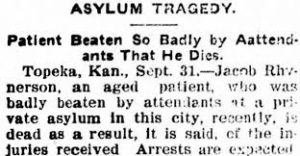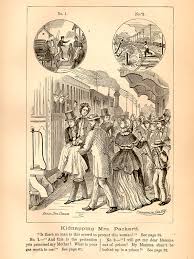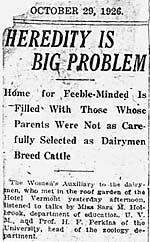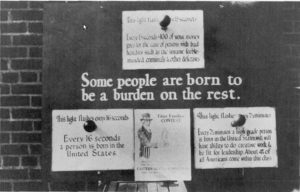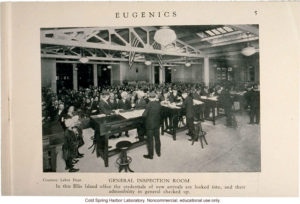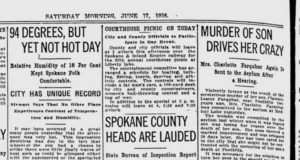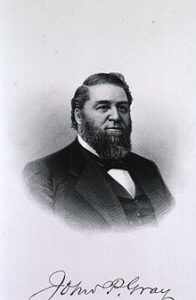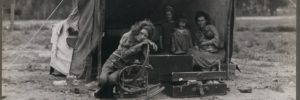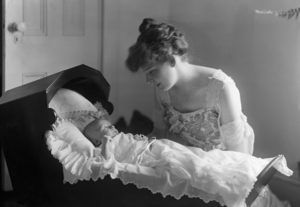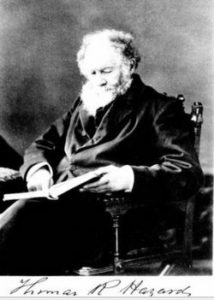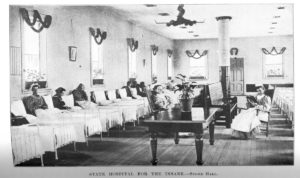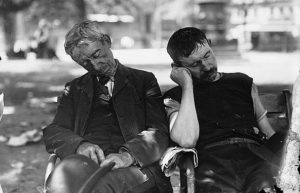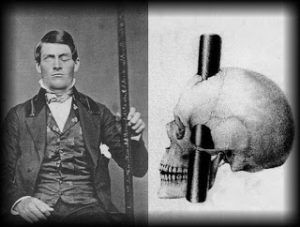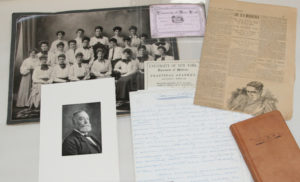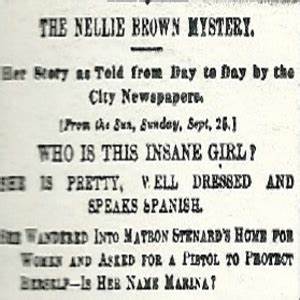
Elizabeth Packard
Elizabeth Packard, who had been committed to an insane asylum by her husband for disagreeing with his religious views, was a fortunate woman–she was actually released from the institution. Afterward she pushed for a jury trial to plead her sanity and won, another uncommon victory for a woman who had been declared insane!
Packard later campaigned tirelessly on behalf of the insane, advocating particularly for laws that made commitment more difficult and writing books informing the public about the reality of treatment in an asylum. She also advocated for an Anti-Insane Asylum Society. Though it never became a popular movement, Packard’s simple Constitution for it would have made life easier for many others if it had been widely adopted. After an explanatory preamble, Packard asked members to pledge the following:
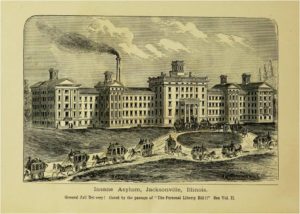
Asylum Where Elizabeth Packard Was Committed
— To never consent to enter an asylum as a patient
— To never consent to have any relative or friend entered into an asylum as a patient
— That if [members] or anyone in their family became insane, they would be taken care of in their own homes
— That these people would be kindly and patiently cared for
— That if relatives of the unfortunates could not provide for their care, the Society would “furnish them the means for doing so”
— That the fund for helping unfortunates should be bestowed by a committee of the Society after investigation of the case.
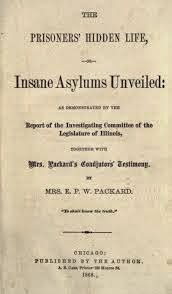
One of Packard’s Books
Though Packard’s Society never achieved national distinction, it became the forerunner of other ex-patient groups that have persistently arisen to help members who have received care at mental hospitals.

